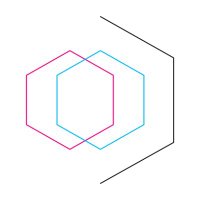
Dynamic42 GmbH
@dynamic42_jena
We are specialized in the production and development of human, immunocompetent Organ-on-Chip technology for in vitro disease and infection modelling.
ID: 1259755642132344832
http://www.dynamic42.com 11-05-2020 08:10:43
297 Tweet
156 Followers
110 Following








Part 5 of our #MPS2025 series highlights Inês Silva, a PhD student at NIMSB_NOVA, Portugal. She developed a microphysiological method to study dopaminergic injury and inflammation in Parkinson’s disease. --> youtu.be/5eqEredyMOg MPS NOVA Twinning

Part 6 of our #MPS2025 series: Meet Daniela Marques, PhD student at NIMSB_NOVA, Portugal. She develops a microglia crosstalk MPS model of the blood-brain barrier to explore polyphenol metabolites' potential --> youtu.be/Pp50aTpxDVo MPS NOVA Twinning





















